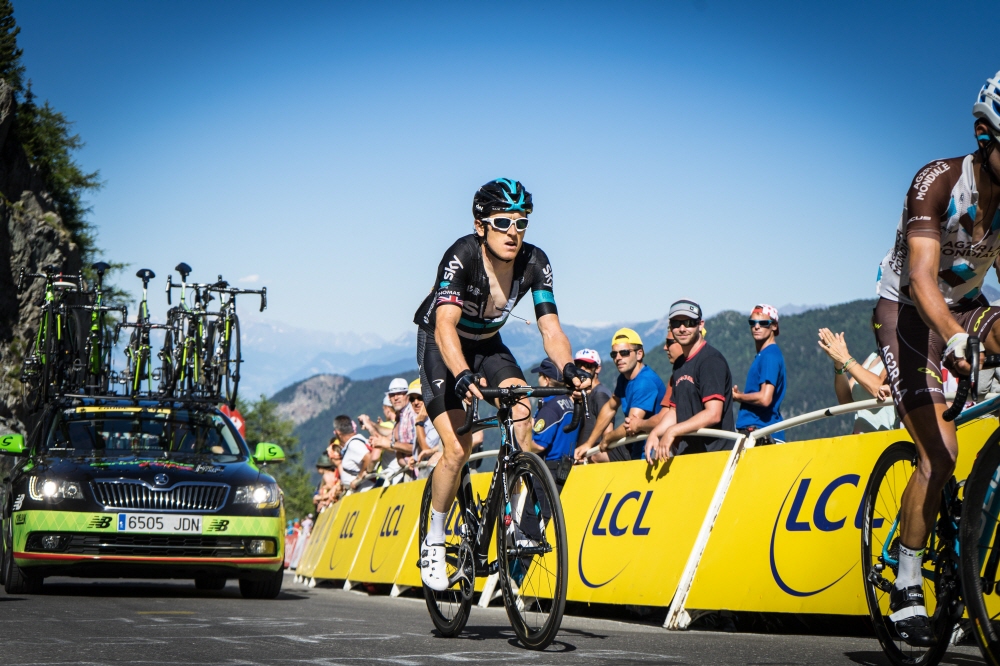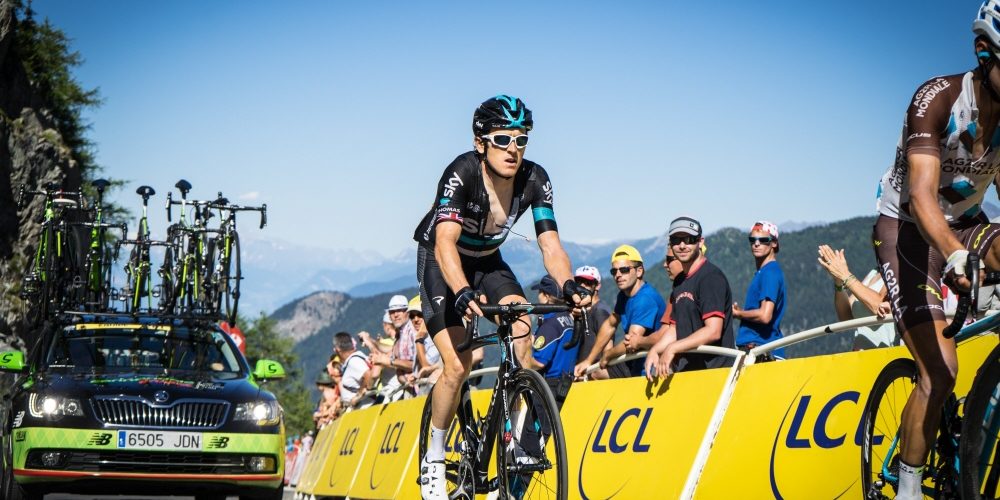
The Tour de France is a bicycle road race held in France in July every year on a 23-day schedule with 21 stages, a total distance of 3,300 km, and a harsh competition of 2,000 meters or more before and after the war. Athletes who complete this Tour de France burn a huge amount of calories throughout the race. John Eric Goff, a professor of physics at the University of Lynchburg, USA, is drawing attention by estimating the total calorie consumption.
The Tour de France is a difficult game for the average person to just run through one stage. For example, Stage 17 in 2021 is a 178.4 km course, with a relatively flat 113 km from the beginning and an elevation of only 400 m. But once you enter the Pyrenees, the slope gets steeper. It climbs up to 1,569m above sea level at a point about 600m above sea level, then descends to 958m above sea level, and then rises to 1,580m above sea level. It then descends to an elevation of 849 m, and finally climbs the hill to reach an elevation of 2,215 m.
The 5 hours it takes for the winner of Stage 17 to run is unreasonable for the general public, and since the Tour de France runs all 21 stages on a 23-day schedule, even this difficult Stage 17 only takes one day out of 23 days.
Professor John Erikhoff has been modeling the Tour de France for nearly 20 years using terrain data and the laws of physics. The Tour de France athlete transfers the energy to move the bike from the muscles to the tires by pushing the bike to the ground. The faster the athlete releases energy, the greater the force. The speed at which the bike moves can be expressed in watts, and the Tour de France athlete can produce greater power than the average person over an incredibly long period of time. For example, a healthy cyclist can produce an average of 250 to 300 watts of energy continuously for 20 minutes, while a Tour de France athlete can generate more than 400 watts of energy over the same period. It is also said that it can instantly release 1,000 watts of energy when going up steep hills.
However, not all of the energy transmitted by the Tour de France riders on the bike is used for forward movement, but energy is lost due to air resistance and road friction. Also, you can get gravity help on downhill, but on the contrary, gravity has to move the bike forward on uphill.
During the Tour de France, he created a model that included gravity, air resistance and friction effects and calculated the energy needed to run. As a result, a typical Tour de France winner would need to output an average of 325 watts of energy over an 80-hour race. Considering that making 300 watts for 20 minutes for an average healthy person is a good result, this is a huge amount of energy.
Athletes get this energy from food, but their muscles cannot convert and output 100% of the calories they consume from food into energy. Professor Erik Goff estimated the average energy efficiency to be 20% and calculated the calories consumed by the Tour de France athletes.
According to his calculations, the runner who has run through stage 21 is 120,000 kilocalories during the race. So consuming an average of 6,000 calories per stage. In addition, it is said that the stage where you run on a rough mountain road like Stage 17 consumes nearly 8,000 calories. To compensate for this enormous energy loss, athletes eat energy bars or jam-stuffed bread while running.
The 2020 Tour de France overall winner weighs only 66 kg. Tour de France runners are basically low in fat, so they have to eat cow food at superhuman speed. Related information can be found here.


















Add comment